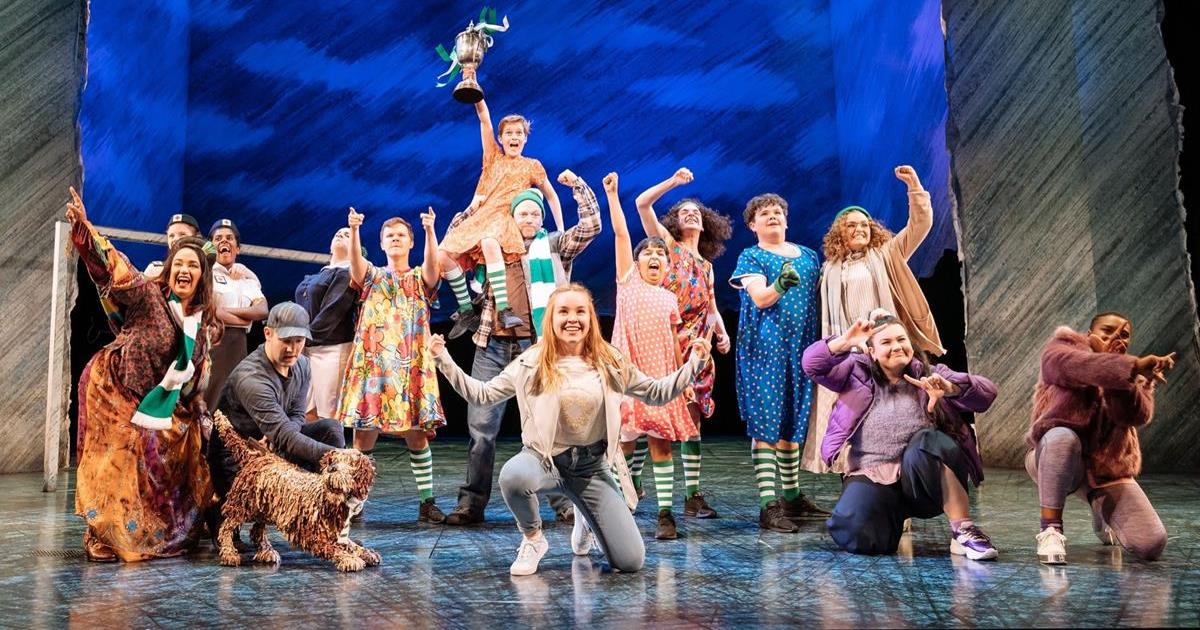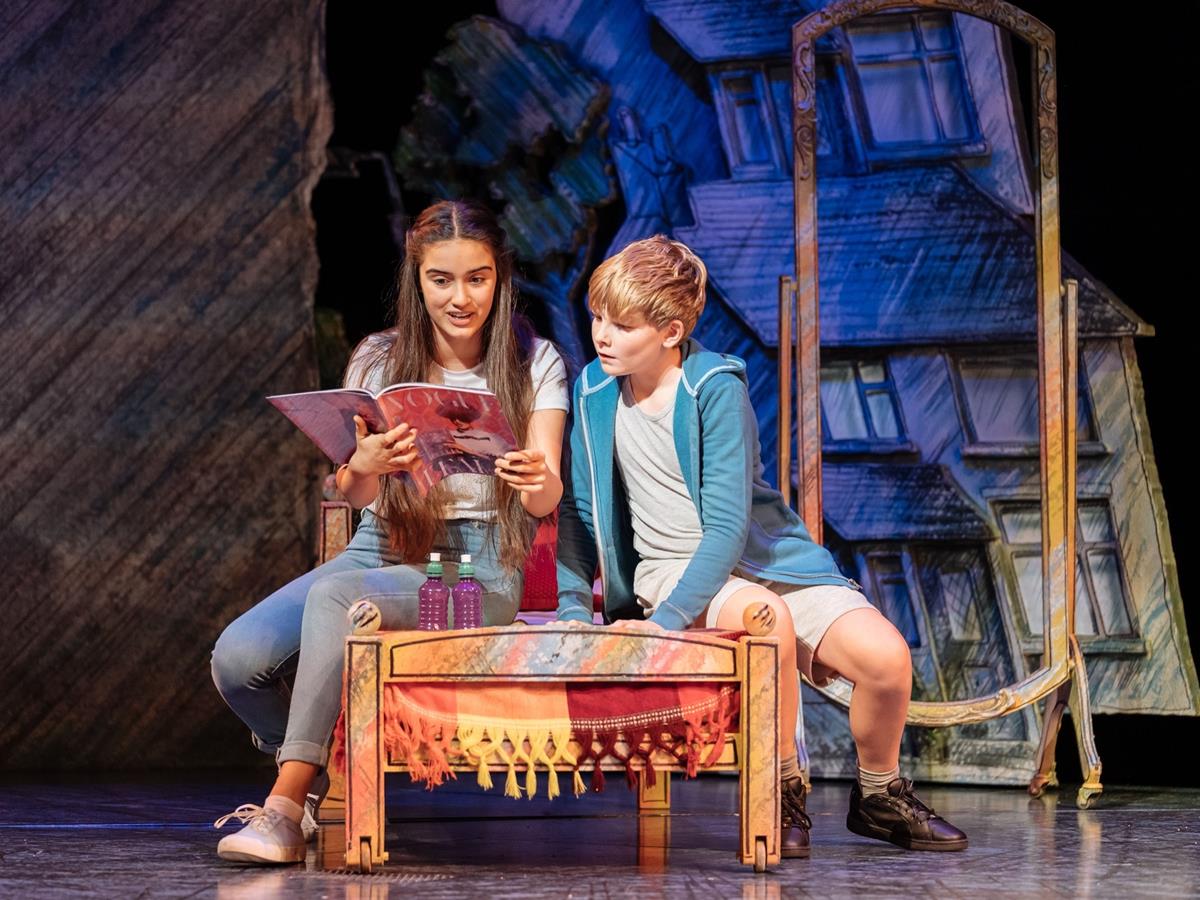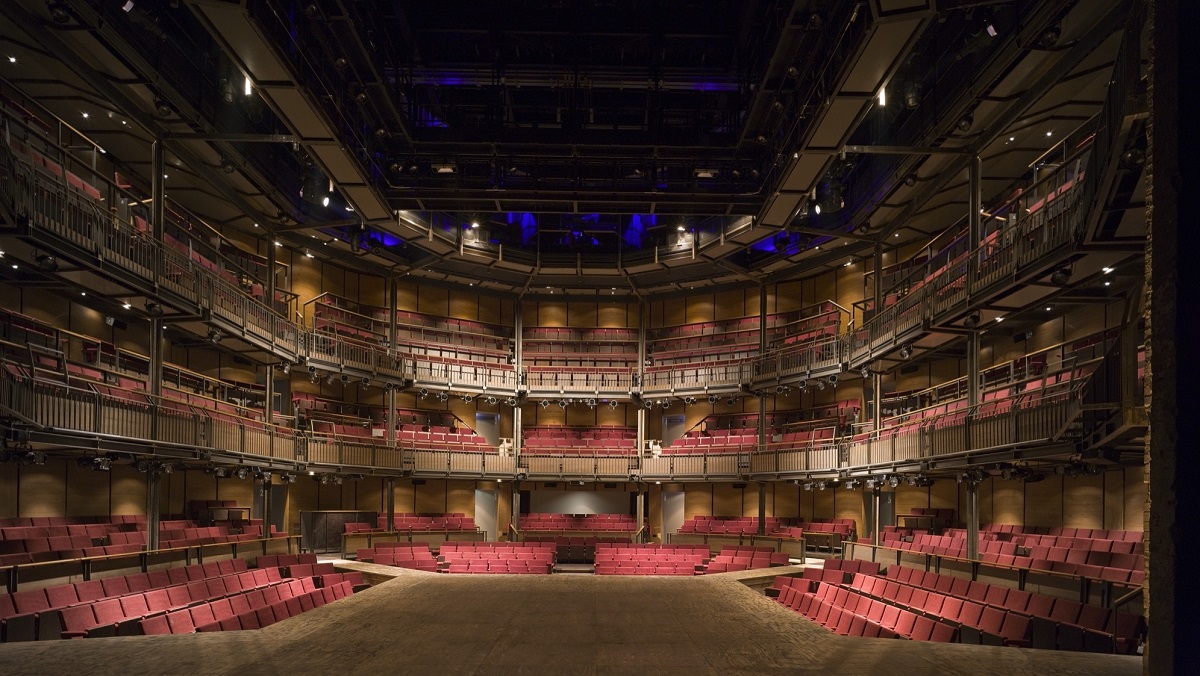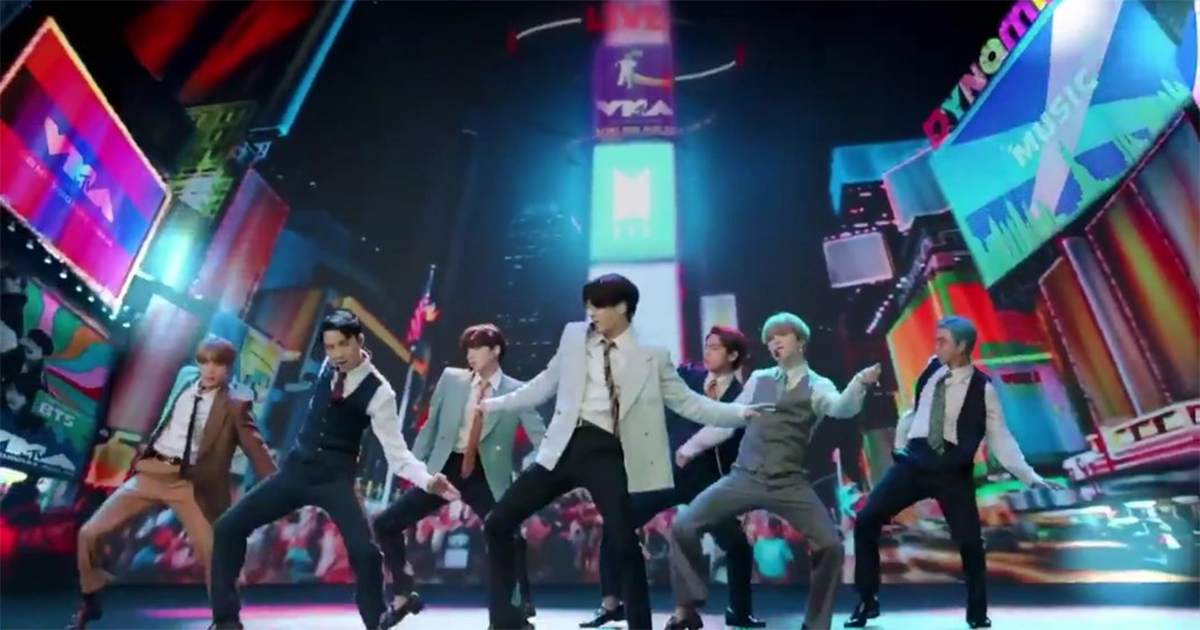
The Royal Shakespeare Company (RSC) implemented a live multicamera production to keep theater goers entertained over the last year during lockdown. Based in Shakespeare’s hometown of Stratford-upon-Avon, the RSC is known across the world and, before the pandemic, developed around 20 productions a year. The RSC plays regularly in London, Stratford-upon-Avon, and on tour in the UK and internationally.

RSC Video Editor and Screen Director Mark Kendrick told NAB Amplify, “Our doors closed in March last year, and so far, we have been unable to reopen them to the public. With our doors remaining closed through the winter, we looked to a digital-first approach and live streaming a series of plays performed on our main stage.
“The first big challenge we faced was to merge our long-established stage workflow with elements of live broadcast. We had a good period of rehearsals to get to grips with the new workflows, and it soon clicked into place thanks to some fantastic technical guidance from Blackmagic Design and the great team we have backstage at the Royal Shakespeare Company.
“The first stream we aired was a celebration of The Boy in the Dress hosted by David Walliams. This felt especially poignant to us as it was the first show we had put on since closing our doors because of COVID-19,” said Kendrick.
“A first for us, we transformed our stage into what was essentially a TV studio, including running VT playback in the auditorium. Integrating this playback from a Blackmagic Design HyperDeck Studio Pro and programming the cues into an ATEM Television Studio Pro HD was really intuitive and allowed us to concentrate on the show and performance rather the technical side.
“We adapted our camera setups depending on the show on stage, but typically we had an URSA Mini Pro 4.6K G2 locked off in the center of the auditorium, shooting a wide of the stage. In addition, we used another camera operating on a zoom lens.

“We would then use another two or three cameras locked off in various locations all connected via SDI to our Blackmagic Design Smart Videohub 12G 40×40. As the weeks went on and our confidence grew, we got more adventurous with repositioning cameras mid-show and built this into our show cues.
“It soon clicked into place thanks to some fantastic technical guidance from Blackmagic Design and the great team we have backstage at the Royal Shakespeare Company.”
— Mark Kendrick
“We would also typically offer up the Micro Studio Camera 4K to the director as a creative wildcard, as we could get shots with it that were usually unachievable,” he said.
Actors now play to the camera instead of the house. “This has proved challenging in certain respects,” explained Kendrick. “As there is also an obligation to keep the cast and crew safe and socially distanced. We also found that we had to approach lighting the stage differently to ensure we still got a quality look on screen.”
A Series of Educational Films Shot As Live and Filmed in Camera
What led the RSC to choose a Blackmagic Design approach, using BMD cameras and the ATEM switcher — and what were the reasons for the specific mix of URSA Mini Pro and Micro Studio Camera 4K cameras chosen?
“We’ve used Blackmagic Design products at the Royal Shakespeare Company as part of our post production workflow for many years and we’ve always been impressed with the quality and price,” said Kendrick. “We knew we needed a reliable group of products and the URSA range has a great reputation in the industry for build quality and we were glad we made the choice.
“As part of our online Tales for Winter festival, we produced a series of educational films, in collaboration with acclaimed children’s author Michael Morpurgo. These pieces needed to be filmed ‘as live’ and filmed in camera. The versatility of the URSA camera system allowed us to achieve this whilst keeping the same camera set-ups and consistency in quality.
“The image quality from the URSA cameras is exceptional and we are impressed with their build quality and reliability. The cameras often run for more than 12 hours a day, yet never miss a beat. The workflow and integration with the software control and HyperDeck Studio Pro recorders allow us to create macros which made hitting show cues seamless.
“In addition, we found the Micro Studio Camera 4K a revelation,” he said. “The form factor allowed us to place it in usually difficult-to-rig locations and we were genuinely surprised at how high the image quality was in such a small device. I can see how many possibilities this camera can open us for us in future work.”
“One thing that is important to the RSC is audience reach, which live streaming certainly helps with — so I am certain we will continue to explore ways of performing to a remote audience.”
— Mark Kendrick
Does the RSC team believe it has achieved your goal of giving productions the same buzz and feel as live theatre? Has the filming-from-the-audience perspective approach worked; how do you evaluate/measure that success; and where does the RSC go from here regarding live video/streaming production?
“I really do feel we captured the live theatre buzz during the Tales For Winter festival, there was certainly lots of excitement backstage,” Kendrick told NAB Amplify. “We did try to place our cameras to replicate an audience’s perspective, and hopefully we achieved that.

“It will never quite capture the excitement that surrounds a live theatre performance and that will always be our first priority, but a question has certainly been raised about how we integrate streaming in the future. One thing that is important to the RSC is audience reach, which live streaming certainly helps with — so I am certain we will continue to explore ways of performing to a remote audience,” he said.
The Tales for Winter festival opened with a celebration of The Boy in the Dress, an adaptation of David Walliams’ book. It features music and lyrics by Robbie Williams, Guy Chambers and Chris Heath, and is directed by Gregory Doran. The festival also features plays for public audiences and educational organizations, including adaptations of Shakespeare’s work by acclaimed author Michael Morpurgo.
“Our knowledge and understanding of how to capture live theater has grown considerably, and this has opened up ideas and conversations about what is possible to us post Covid,” Kendrick concluded. “We will always be a live venue, but this new knowledge could pave the way to reaching more audiences worldwide in the future.”




